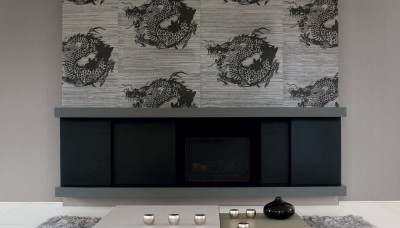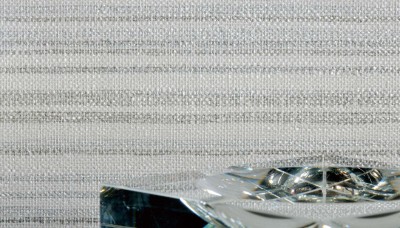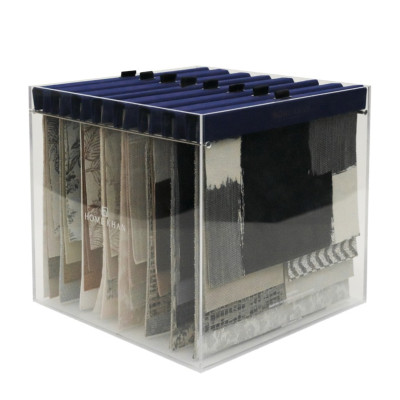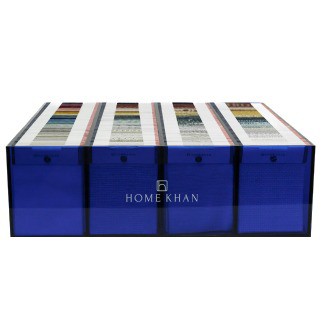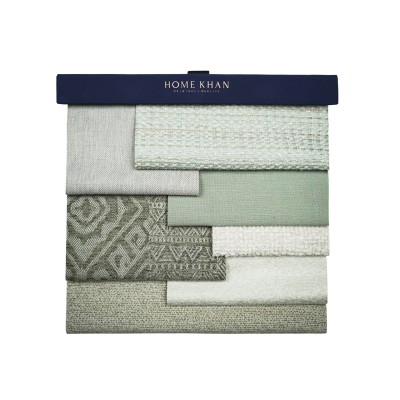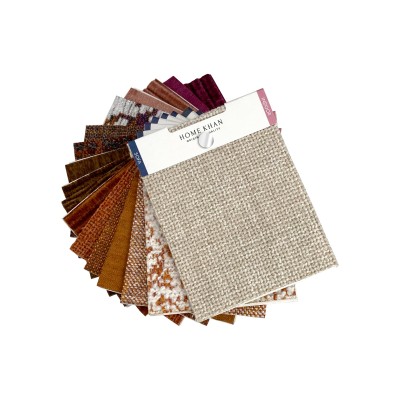Wallpaper edge closing and diagonal construction are key steps in the wallpaper installation process. They directly affect the final aesthetics and durability. These two steps are described in detail below: Wallpaper edge trimming
1. Tool preparation: First, make sure you have the necessary tools, such as a sharp wallpaper knife, pressure wheel, ruler or level, etc.
2. Measure and cut: When the wallpaper is about to reach the edge of the wall, use a tape measure to measure the specific dimensions of the remaining wall, then mark and cut out the corresponding length on the wallpaper, making sure to leave about 2-3 cm of margin for trimming and edge processing.
3. Fine cutting: Use a wallpaper knife to gently cut the excess wallpaper along the outline of the wall or the skirting line and the edge of the ceiling. Keep your hand steady and try to keep the cutting line close to the edge to avoid exposing the background color of the wall.
4. Smoothing: Use a pressure wheel to carefully press the edge of the wallpaper to ensure that the wallpaper adheres closely to the wall and eliminate any bubbles or wrinkles. For corners and edges, a specialized caulking roller can be used to enhance the fit. 5. Trim the remaining edges: Use a wallpaper knife to carefully trim off the excess wallpaper corners to keep the lines smooth and neat. Pay attention to check whether there are burrs or uneven places, and make fine adjustments if necessary. diagonal construction
1. Accurate measurement and marking: Before laying diagonally, you must first accurately measure the length of the diagonal line and mark it on the wallpaper. Make sure the wallpaper is the same length on both ends of the diagonal to maintain continuity and symmetry in the pattern.
2. Pre-crease: On the back of the cut wallpaper, gently fold it along the diagonal line to form a pre-crease. This can help the wallpaper fit on the diagonal surface more easily and reduce the risk of pattern misalignment.
3. Paste step by step: Start from one corner, slowly unfold and fit the wallpaper, use a wet cloth or special tools to help the wallpaper adapt to the shape of the wall, especially for irregular diagonal areas, be particularly careful to avoid stretching and deformation.
4. Seam processing: Diagonal seams are technically difficult, and special attention needs to be paid to the alignment of the pattern and the smoothness of the edges. Use the pinch wheel to roll from the center outward to remove any air bubbles and ensure the seams are tight and unobtrusive.
5. Finishing work: After completing the diagonal paving, you also need to carefully trim the excess wallpaper edges and ensure that the wallpaper in the entire diagonal area is smooth and beautiful. Finally, check the overall effect and make any necessary adjustments.
The finishing and diagonal construction of wallpaper requires meticulousness and patience, and the use of correct techniques and tools is the key to ensuring a high-quality finish.

